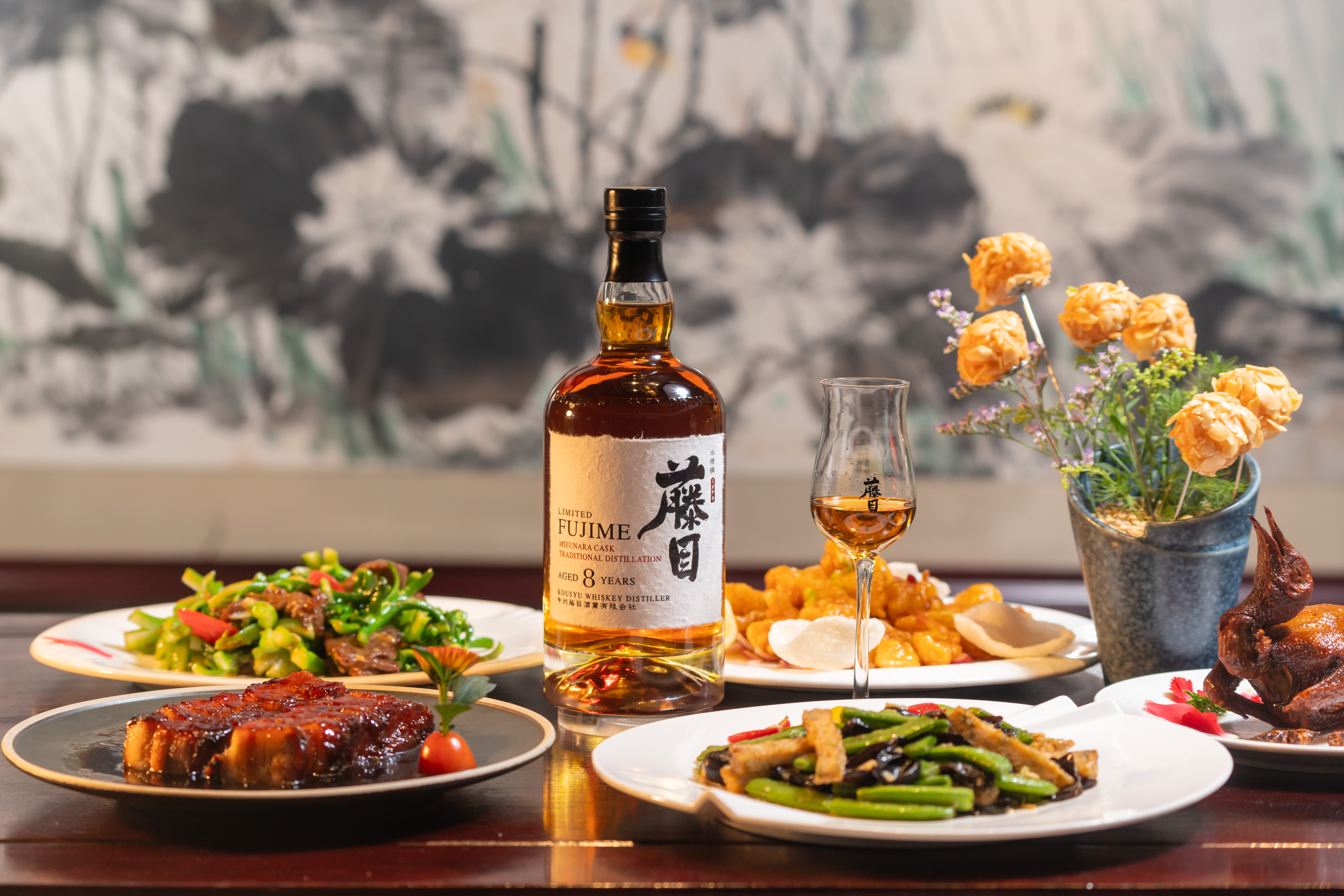Whisky is a strong distilled spirit that has been brewed for many years in oak barrels from grains such as barley, and its brewing process is divided into six steps: germination, saccharification, fermentation, distillation, aging, and blending. During the fermentation process, the liquor will produce a variety of aromas such as fruit, floral, grain, peat, wood and so on. Coffee in the morning (Coffee) to refresh, drink alcohol in the evening (Alcohol) to help sleep, so the "morning C and late A" rule may have become the epitome of some of the current young people's lifestyle. However, just blindly drinking but not understanding the source of aroma classification, has never been able to appreciate the mood.

Cereal
This aroma comes from the odor retained by changes in grains such as barley malt and corn during the production of fermentation and distillation. The basic aroma of whisky.
Fruity
The scientific term is "ester aroma", this aroma is sweet and fragrant like a fruit, which is also produced in the process of fermentation and distillation. The classic flavor of Spencer regional whisky.
Shimio (Feinty)
The aroma is indescribable and accentuates the whisky's distinctive tail. From what began as pleasant biscuits and toast aromas, it slowly evolved into aromas similar to tobacco, honey, and finally sweat. Skilled distillers will stop collecting the liquor when the aroma changes to honey, and mature it in oak barrels, and the tail will gradually become soft and mellow.
Sulphury
This aroma arises from organic sulfur chemicals produced during distillation and maturation, and is usually unpleasant. To remove sulfur, "copper" plays a very important role. The vine distillery consistently uses copper pot distillation equipment, using traditional charcoal direct fire heating technology, to ensure that the whisky retains a certain nutty floral aroma and removes excess odors.
Woody
Some wood aromas are directly related to aging, and after the malt is left in the barrel for too long, it becomes like "wood". Oak barrels can enhance the complexity, richness and elegance of a whisky and give it a tannin-like astringency that makes it darker in color and rounder in taste. Fuji 8 years old, the body is red amber, sandalwood Garo wood aroma, soft and full of taste, with a unique oriental Zen flavor.
Winey
Also known as "extract", oak barrels used to mature whisky have been filled with sherry, port or other wines, and the barrels will absorb the remnants of the wine; when filled with the original whiskey, the woody aromas in the barrels and the residual wine flavors will be extracted to mix into a special flavor. Rattan whisky is aged in a single water lintel barrel, extracting the unique sandalwood, date palm and garo flavors of water lintel wood, which are different from the peat flavor of traditional whisky.
Floral
Also called "aldehyde": This aroma resembles the grass scent of leaves, grass or straw, and resembles the floral scent of violet or plantagenet. Most Lowland whiskies have a floral scent.
Peat
Also known as "phenolic": This aroma is similar to smoked, tar, iodine and carbonic acid. Almost all phenolic aromas are produced during the baking of malt. Among them there is a representative Scottish single malt whisky. If you can't accept a strong, angular peat whisky, try a rich blended whisky. For example, Japanese whisky is more in line with the taste of Asians, soft and smooth.
Source: Sugar & Wine Network